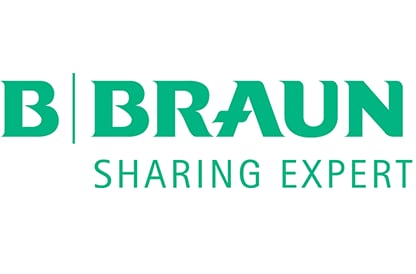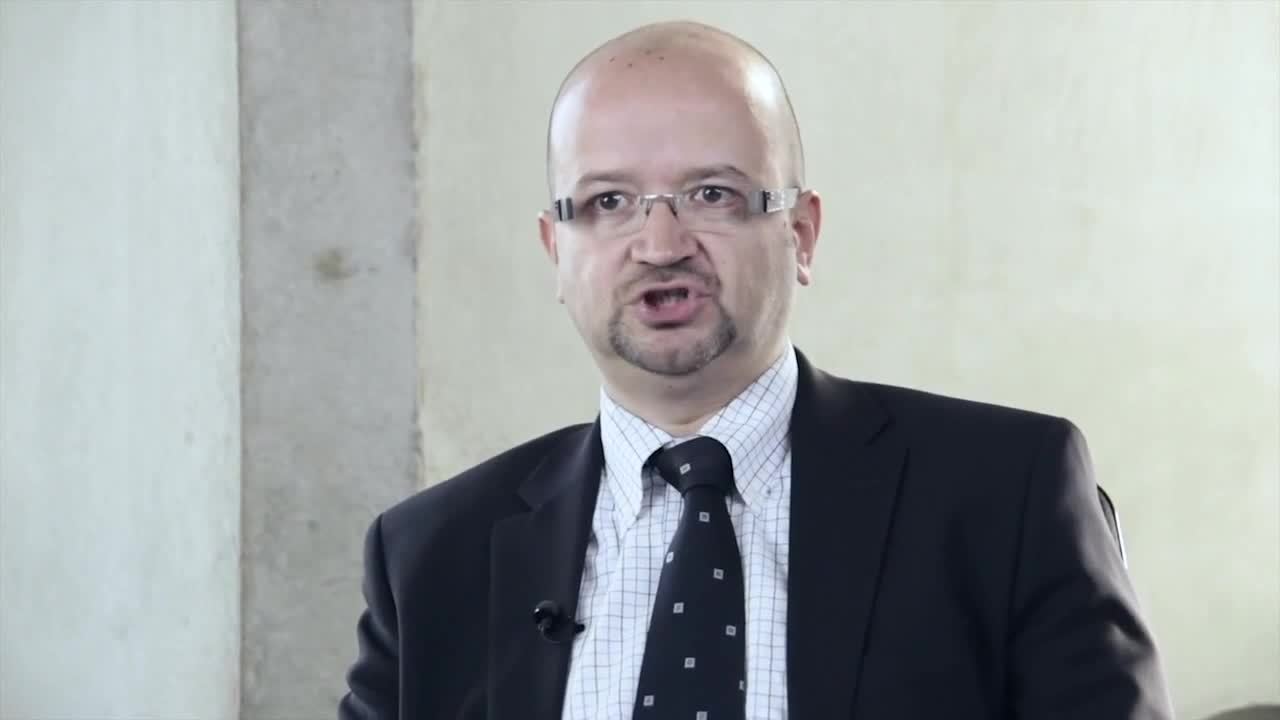With their new legal case management solution powered by OpenText Template Workspaces, the globally positioned legal department will no longer work with bulky folders, and instead is moving to a more effective electronic system. This will enable in-house lawyers to avoid unproductive work processes (e.g., storing, searching for and transporting paper documents) and concentrate fully on their legal work—in a standardized system across the organization with clearly measurable time benefits.
Digital case file ensures consistent data
“The advantage of our OpenText legal case management solution is that we can integrate metadata with Microsoft® Office data in a central system. This means that we no longer have the versioning challenges arising from documents being circulated by email. Instead, the document will remain in the file and will be edited within the file with automatic versioning,” explained Dr. Volker Daum, head of the Global Legal Department at B. Braun, who has a doctorate in law and is an expert in IT matters. Dr. Daum pinpointed the issue: “This will enable us to get around the classic problem lawyers face—data inconsistency.” He is referring to the typical development of documents created or maintained by the team, which have to be painstakingly brought back up to the company’s internal standards in form and design after being edited. Dr. Daum added: “We are managing to create an improved alternative to paper files. So I would say the key benefit is this: everything is in one place.”
Global use with web-based access
There are three ways an end-user can access and manage case information. Firstly, users can work directly from the solution’s web-based interface to access templates for contracts or cases, create a new case or interact with an active case. Secondly, the solution enables direct access using the normal Windows® directory structure. As a third option, email attachments are stored easily in the legal case management solution using drag-and-drop functionality. The company-wide email system is being retained for the legal department along with the Late Archiving implemented within this system for strategic reasons. The OpenText legal case management solution has been integrated seamlessly, with scanned or generated documents being physically stored on the platform—which is named B.DoCs—used centrally and implemented with OpenText. Jochen Baum, an in-house IT Consultant for Document Management at B. Braun and in charge of the technical implementation of the solution, commented: “We have implemented a solution that can be used globally without any client-side installation; it’s all web-based. Extra functions such as user-friendly views make it easier for staff to work with digital files.”
Workload and paper reduced
“The situation is anachronistic in many places these days; documents that were originally electronic are printed out and then edited. Since the advent of email, the amount of paper and workload has grown rather than shrunk. We were able to measure the impact directly in our legal department,” stated Dr. Daum “We had to make our workflows more efficient in order to become more productive and to keep staff capacities constant without increasing them further. That was and is our strategic goal and we will achieve it with the electronic file solution.”
 B. Braun
B. Braun
